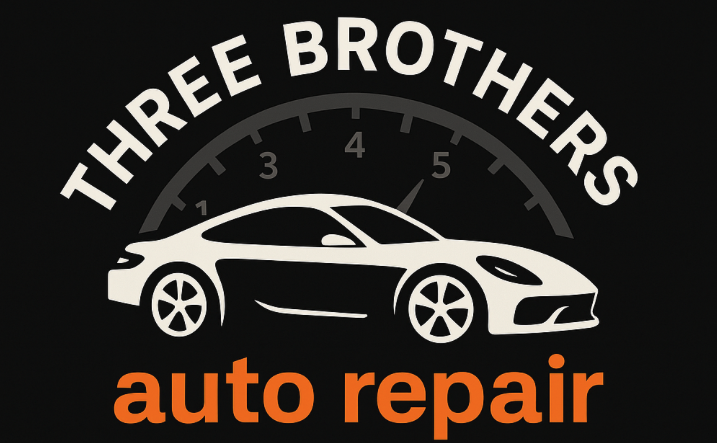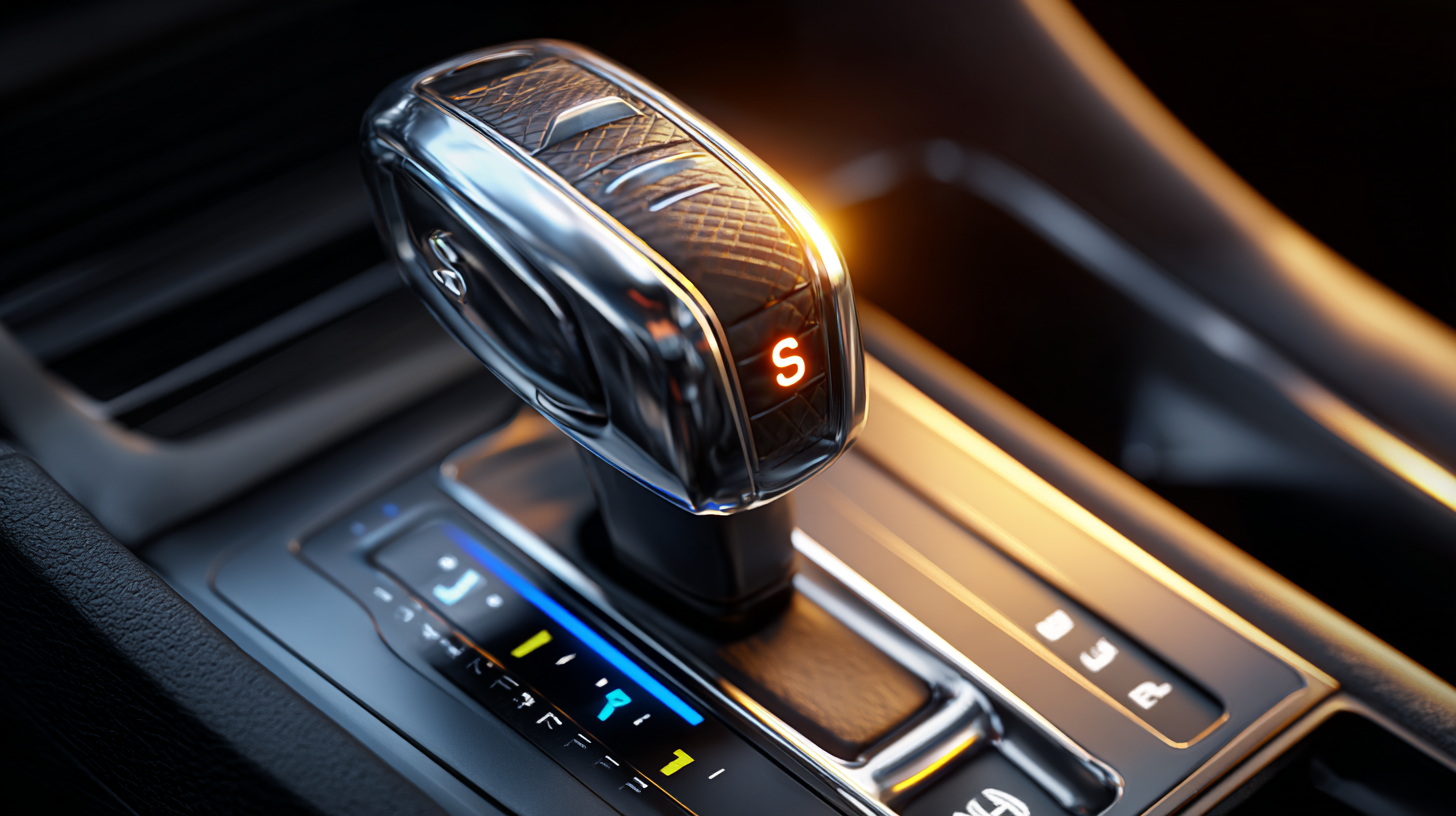At Three Brothers Auto Repair in New Jersey, we often hear customers asking about the mysterious “S” on their automatic transmission. Automatic transmissions can be confusing with all their letters and modes. For example, P is Park, R is Reverse, and D is the normal drive mode. In this article, we’ll explain what the S gear means and how it works, after covering some basics of automatic transmissions. We’ll describe the purpose of each gear position (P, R, N, D, L, and S) and then focus on Sport mode. You’ll learn how S affects performance, when to use it, and when to stick with normal Drive. By the end, even beginners should feel confident about using the S gear.
How Automatic Transmissions Work
Automatic transmissions let an engine run in its efficient RPM range while using hydraulic pressure and a torque converter to shift gears smoothly without a clutch pedal. A computer and sensors decide when to shift as speed and load change. As engine RPM rises, the transmission upshifts to a higher gear. Nested planetary gears allow one transmission to produce multiple gear ratios. A torque converter (a fluid coupling) connects the engine to the transmission.
Each gear position on the shifter (P, R, N, D, L, S) has a specific function:
-
P (Park) — Locks the transmission via a parking pawl so the car won’t roll.
-
R (Reverse) — Puts the car in reverse gear for backing up.
-
N (Neutral) — Disconnects the engine from the wheels, allowing the car to roll freely.
-
D (Drive) — Normal forward driving mode; the transmission shifts through all forward gears automatically.
-
L (Low) — Holds a lower gear (higher torque) for steep hills or towing.
-
S (Sport) — Sport/performance mode; holds gears longer at higher RPM for quicker acceleration.
What Is the “S” Gear?
Many automatics label “S” for Sport mode, meaning the car is in a performance-oriented driving setting. In Sport mode:
-
Sharper throttle: The accelerator pedal becomes more sensitive. You get quicker engine response and a faster initial burst of speed.
-
Later upshifts: The gearbox holds each gear longer and shifts at higher RPM. This means the transmission downshifts earlier and stays in lower gears to boost power.
-
More power: By holding lower gears, the engine generates extra power for quicker acceleration. This makes highway merging or spirited driving easier.
-
Tighter response: Sport mode often firms up the steering and suspension, giving a more responsive “sporty” driving feel.
Using S mode gives a more engaging drive and lets drivers use the engine’s full performance when desired. For example, once S is engaged, the car feels more eager to accelerate. It’s great on open roads, but not needed for normal city driving. This makes Sport mode well-suited to performance driving but less useful in everyday traffic. Keep in mind this extra performance comes at the cost of fuel economy, so use Sport mode only when you need the power and revert to normal Drive for efficiency otherwise.
When to Use the “S” Gear
Knowing when to use Sport mode is important. We recommend Sport (S) for extra-power situations:
-
Use S gear — On open highways (like the Garden State Parkway), highway ramps, or when passing slow traffic. Sport mode’s sharper throttle and higher-RPM shifts give quicker acceleration for merging and overtaking. It also makes driving on hills or winding roads more responsive.
-
Avoid S gear — In city or stop-and-go traffic, and on slippery or loose surfaces. In these conditions, S mode can feel jerky, reduce traction, and waste fuel. Normal Drive (D) provides smoother shifts and better efficiency for everyday driving.
For example, on a highway on-ramp you might downshift into S for a quick burst of speed, but once the maneuver is done, shift back to D. In short, treat Sport mode as a temporary boost: use it when you need extra power, then return to D for normal driving. In everyday driving, especially in traffic, it’s safer and more efficient to stay in D mode. Sport mode should be used sparingly, only when its benefits outweigh its drawbacks.
Gear Mode Comparison
The table below highlights key differences between the main drive modes. It shows what each setting does and when to use it.
| Mode | Description | Typical Use |
|---|---|---|
| Drive (D) | Normal driving gear; transmission shifts through all forward gears automatically. | Daily driving and highway cruising (balanced power and fuel economy). |
| Sport (S) | Sport/performance mode; holds lower gears longer and adjusts throttle for quicker acceleration. | Highway merging, passing, and spirited driving when extra power is needed. |
| Low (L) | Low gear holds a higher gear ratio for more torque; prevents upshifts. | Climbing steep hills, towing, or driving on slippery/loose surfaces. |
Making the Most of Sport Mode
In conclusion, the “S” gear on an automatic transmission is simply Sport mode, giving your car a performance boost when you need it. It allows quicker acceleration and sharper engine response in the right situations. We’ve covered the basics of how an automatic shifts gears and when to engage Sport mode. With this information, our New Jersey customers can drive with greater confidence, whether cruising on local roads or merging onto the Parkway. At Three Brothers Auto Repair in East Rutherford, our certified technicians are happy to demonstrate how Sport mode feels in your own car and answer any questions you have. We’re committed to helping you understand and maintain your vehicle’s transmission. Feel free to call or visit our shop with your car. Our friendly team can demonstrate Sport mode and help you understand every aspect of your transmission. For example, using Sport mode occasionally as intended won’t harm the transmission, it’s built to handle these modes. Regular maintenance (fluid changes, inspections) will keep your transmission working its best regardless of mode. Thank you for reading and for trusting Three Brothers Auto Repair with your automotive care. Safe, confident driving is our top priority, and we appreciate the opportunity to keep you safely on the road. We’re always here to answer questions and keep your car running smoothly with regular maintenance.
-
What does the “S” mean on a gear shift?
The “S” on an automatic gear shift stands for Sport Mode. It adjusts the transmission to hold gears longer before shifting, giving you faster throttle response and improved acceleration.
-
When should I use S gear in an automatic car?
Use S mode when you need more power — for example, while overtaking, driving uphill, or during spirited driving. It enhances performance but may increase fuel consumption.
-
Can I switch from D to S while driving?
Yes, you can safely switch from Drive (D) to Sport (S) mode while driving. The transmission will adjust instantly, but avoid shifting while accelerating hard to reduce wear.
-
Does using S mode consume more fuel?
Yes. Because the car holds gears longer and revs higher, Sport Mode increases fuel usage compared to normal driving — it’s designed for performance, not economy.

